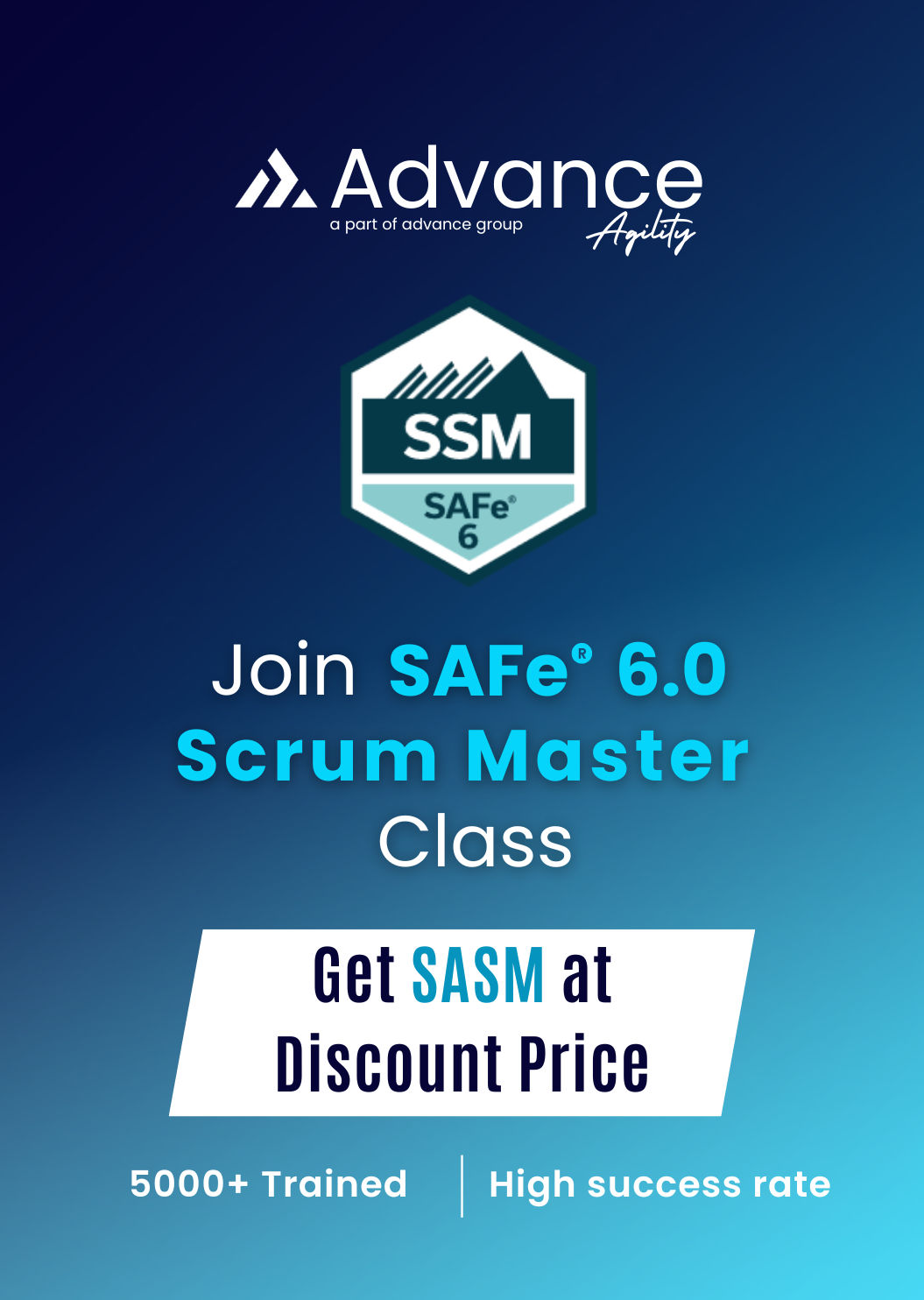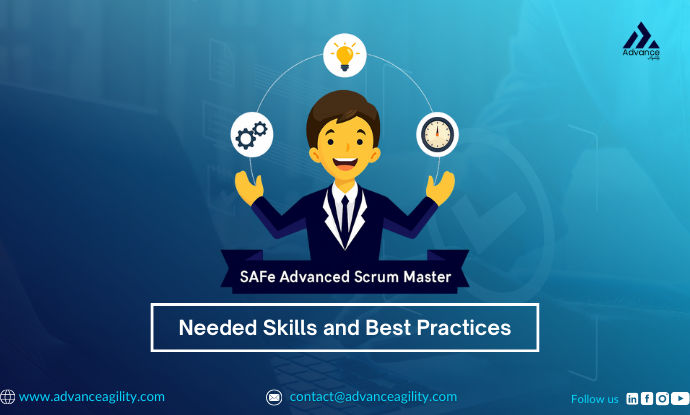As enterprises worldwide race toward digital maturity, Agile and DevOps are no longer just methodologies—they are strategic imperatives. In 2025 and beyond, these practices are evolving rapidly, driven by the demand for faster releases, better customer experiences, and smarter automation. The lines between development, operations, and business are blurring, creating a new era of future-ready Agile and DevOps strategies.
In this blog post, we explore the top Agile and DevOps trends 2025, latest Agile practices for enterprise teams, and how to implement DevOps in 2025 effectively with the best DevOps tools for automation. We’ll also dive into AI-driven DevOps solutions and highlight key enterprise DevOps adoption trends 2025.
Top Agile and DevOps Trends 2025
1. AI and Machine Learning Integration
In 2025, AI-driven DevOps solutions are taking center stage. Intelligent pipelines can now self-heal, detect anomalies, and automatically roll back unstable deployments. AI is used to predict production issues before they occur, optimizing CI/CD workflows and reducing downtime.
Agile teams are using AI to estimate user stories, detect delivery bottlenecks, and even suggest improvements during retrospectives.
2. Value Stream Management (VSM) Goes Mainstream
VSM is now essential for visibility across the software delivery lifecycle. Enterprises want to measure flow efficiency, cycle time, and business value. Tools like Tasktop, Plutora, and ServiceNow’s VSM suite are gaining adoption for end-to-end insights.
3. Platform Engineering as the Backbone
DevOps teams in 2025 are transitioning to platform engineering to create reusable, scalable developer platforms that abstract infrastructure complexity. Internal Developer Platforms (IDPs) offer a self-service model, allowing teams to deploy and monitor apps independently while maintaining governance.
4. Shift from Projects to Product-Based Delivery
Traditional project-based approaches are giving way to product-based Agile models. This trend supports continuous delivery, customer-centric innovation, and long-term accountability for business outcomes.
5. Hyperautomation and Intelligent Orchestration
Combining DevOps automation with robotic process automation (RPA) and AI, teams can now automate entire workflows—from code commit to cloud provisioning to compliance reporting.
Latest Agile Practices for Enterprise Teams
Enterprise teams in 2025 are embracing new Agile practices that emphasize flexibility, outcome orientation, and resilience.
1. Agile Portfolio Management
Instead of annual planning cycles, Agile PMOs are enabling continuous planning, leveraging lean portfolio techniques and connecting OKRs to team-level work via tools like Jira Align and Targetprocess.
2. Agile Beyond IT
Agile is expanding into HR, marketing, legal, and finance departments. Business Agility is no longer optional—teams are forming cross-functional squads that collaborate in real-time, driven by shared KPIs and agile ceremonies.
3. Remote-First Agile Models
With hybrid work the new norm, teams use async stand-ups, collaborative whiteboarding tools like Miro, and AI summarizers for retrospectives. Agile practices are now tailored for distributed teams, emphasizing psychological safety and outcome tracking.
4. SAFe 6.0 and Beyond
Scaled Agile Framework (SAFe) continues to evolve, with SAFe 6.0 offering increased support for DevSecOps, flow-based metrics, and Lean Governance. Enterprise teams are using SAFe to align portfolios with business strategy while maintaining Agile execution.
How to Implement DevOps in 2025
Adopting DevOps in 2025 requires more than just CI/CD pipelines. Here’s how enterprises are implementing DevOps at scale:
1. Start with a Culture Shift
• Build a culture of shared ownership, blameless postmortems, and experimentation. Leadership must promote psychological safety and reward continuous improvement.
2. Invest in the Right Toolchain
• Adopt an integrated toolchain that supports version control (e.g., GitHub), CI/CD (e.g., GitLab, Jenkins X), infrastructure as code (e.g., Terraform), and observability (e.g., Grafana, Prometheus).
3. Adopt Site Reliability Engineering (SRE) Principles
• Implement error budgets, SLIs, and SLOs to balance reliability with velocity. SREs help automate ops and reduce toil.
4. Implement DevSecOps
• Security is shifting left with static code analysis, runtime scanning, and policy-as-code embedded into CI/CD workflows. Tools like Snyk, Aqua, and Checkmarx are critical.
5. Build Internal Developer Platforms
• Use platform engineering to give teams self-service access to infrastructure and pipelines, reducing friction and boosting autonomy.
Best DevOps Tools for Automation 2025
The DevOps tool landscape in 2025 is rich with AI-enabled and cloud-native solutions. Here's a look at some of the best DevOps tools for automation 2025:
|
Category |
Tool |
Why It’s Best-in-Class |
|
CI/CD |
GitLab, Harness, ArgoCD |
End-to-end automation with AI-driven insights |
|
Infrastructure as Code |
Terraform, Pulumi |
Declarative, multi-cloud ready |
|
Container Orchestration |
Kubernetes, OpenShift |
Resilient, scalable app management |
|
Observability |
Datadog, Dynatrace, New Relic |
Full-stack visibility with AI alerts |
|
Security (DevSecOps) |
Snyk, Aqua, Prisma Cloud |
Shift-left and runtime security |
|
Test Automation |
Testim, Playwright, Cypress |
AI-powered test creation and analysis |
Future-Ready Agile and DevOps Strategies
To stay competitive in 2025 and beyond, enterprises must focus on future-ready Agile and DevOps strategies that prioritize:
1. Customer-Centric Metrics
Shift from velocity and story points to metrics like NPS, deployment frequency, lead time for change, and mean time to recovery (MTTR).
2. Composable Architecture
Adopt microservices, APIs, and event-driven design to enable faster releases and reduce system coupling.
3. AI-Powered Forecasting
Use AI to predict delays, resource constraints, and test outcomes. This improves sprint planning and release confidence.
4. Resilience Engineering
Conduct chaos engineering experiments to build fault-tolerant systems. Netflix’s Simian Army has inspired tools like Gremlin and LitmusChaos.
5. Inclusive DevOps Culture
Build diverse DevOps teams and create an inclusive environment that values different perspectives, leading to innovation and higher team performance.
Enterprise DevOps Adoption Trends 2025
The global shift toward DevOps is accelerating. Here are key enterprise DevOps adoption trends 2025 to watch:
• 75% of enterprises have adopted some form of DevOps, but only 30% have reached full maturity—highlighting a huge opportunity gap.
• Enterprises are moving to “everything as code”: infrastructure, policies, compliance, and even organizational design.
• Hybrid and multi-cloud DevOps models are common, requiring tools that span AWS, Azure, GCP, and on-prem environments.
• Executive sponsorship is growing stronger, with CIOs and CTOs integrating DevOps KPIs into strategic dashboards.
What’s Next for Certified Scrum Masters? Trends and Forecasts for the Agile Workforce
The Agile movement continues to reshape the way organizations deliver value, adapt to change, and foster collaboration. Among the most recognized roles in Agile frameworks is that of the Certified Scrum Master (CSM)—a servant-leader who drives teams toward higher productivity and responsiveness. But what lies ahead for professionals who hold a Certified Scrum Master certification? How can they stay relevant in the face of evolving Agile project management demands?
In this blog post, we explore key trends shaping the future of Scrum Masters, offer forecasts for Agile talent development, and highlight strategic steps for career growth—including pathways to become a Product Owner, pursue advanced roles, and invest in holistic Agile certification training.
1. The Expanding Role of the Scrum Master
Traditionally, the Scrum Master was seen as a team facilitator—removing impediments, ensuring Scrum events happened, and coaching the team on Agile principles. However, this role has significantly evolved.
Future Trend: From Facilitator to Change Agent
Today’s CSMs are being asked to lead beyond the team level. Organizations expect them to:
• Champion Agile at the program and portfolio levels
• Guide organizational change and Agile transformation efforts
• Collaborate with Product Owners and stakeholders on value delivery
• Navigate hybrid models (Scrum, Kanban, SAFe, LeSS)
This shift calls for deeper strategic thinking, communication skills, and business acumen—well beyond what a basic Scrum Master certification course may cover.
2. The Rise of Multi-Skilled Agile Professionals
With Agile becoming the norm across industries—from IT to marketing, telecom, and banking—the need for professionals with cross-functional skills is skyrocketing. This has triggered a demand for Agile talent that can flexibly move between roles.
Future Trend: Scrum Master + Product Owner Hybrid Skills
Many CSMs are choosing to become a Product Owner or at least gain knowledge of the role. Why?
• It builds empathy with the business side.
• It enhances collaboration with stakeholders.
• It opens doors to strategic leadership roles.
Employers value Scrum Masters who can “speak the language of business” while protecting Agile integrity.
Investing in dual-role Agile certification training, such as earning both CSM and CSPO (Certified Scrum Product Owner), is increasingly viewed as a smart move.
3. Embracing Advanced Agile Frameworks
The Agile ecosystem is maturing. Frameworks like SAFe (Scaled Agile Framework), LeSS (Large-Scale Scrum), and Disciplined Agile Delivery are growing in popularity to address the needs of enterprise-level agility.
Forecast: Demand for Scaling Knowledge
While the Certified Scrum Master certification is a great entry point, it may not suffice for those aiming to lead Agile in larger organizations. Many companies are looking for professionals who understand:
• Agile Release Trains (ARTs)
• Program Increment (PI) Planning
• Value Stream coordination
• Enterprise-level Agile metrics
A logical next step for CSMs is to consider Agile certification training in scaled frameworks, such as:
• SAFe Scrum Master (SSM)
• Leading SAFe
• ICP-ACC (Agile Coaching Certification)
4. Tools, Metrics, and Agile Technology
As Agile becomes more data-driven, Scrum Masters must understand the digital tools that power Agile teams.
Future Trend: Agile Analytics and Tool Proficiency
Top tools that Scrum Masters should master include:
• Jira, Azure DevOps, Rally
• Confluence, Miro, MURAL
• Agile dashboards and flow-based metrics
Scrum Masters who understand Agile project management analytics—like lead time, cycle time, velocity trends, and cumulative flow diagrams—will have a competitive edge.
Learning how to use data to support continuous improvement is now a critical skill. Many Scrum Master certification courses are starting to include modules on Agile tooling.
5. Leadership, Coaching, and Mentoring
As organizations mature in Agile adoption, the need for Agile coaches and servant-leaders continues to grow.
Forecast: Transition to Agile Coach or Transformation Lead
CSMs with 3–5 years of experience often consider transitioning into coaching roles. To do this, one must:
• Deepen understanding of Agile principles and Lean thinking
• Cultivate coaching and facilitation skills
• Gain experience across multiple teams or departments
To support this career path, look for Agile certification training that offers:
• ICAgile Certified Expert (ICE)
• ICP-ACC (Agile Coaching)
• Certified Enterprise Coach (CEC) from Scrum Alliance
By investing in these advanced paths, CSMs can position themselves as strategic Agile leaders who guide organizations through complex change.
6. Industry Specialization and Domain Expertise
One major shift in hiring is a preference for Agile professionals with domain knowledge—especially in regulated or complex industries.
Trend: Agile in Telecom, Banking, and Healthcare
A Certified Scrum Master working in the banking or telecom industry, for example, may benefit from additional domain training to understand compliance, regulatory requirements, and customer expectations. The ability to apply Agile project management techniques in context is now a hiring differentiator.
Scrum Masters who align their career with domain-specific certifications or experience can unlock niche, high-paying opportunities.
7. Lifelong Learning and Agile Communities
The Agile world is dynamic, and successful CSMs know they need to stay connected.
Recommendation: Stay Engaged in the Agile Ecosystem
Consider the following ways to future-proof your career:
• Join Agile communities (Scrum Alliance, Agile India, regional meetups)
• Attend conferences and webinars
• Contribute to Agile blogs or host lunch-and-learn sessions
• Volunteer to mentor new Scrum Masters
Networking and knowledge-sharing help you stay ahead of trends and gain access to hidden job opportunities.
Conclusion: The Future Is Agile—and Strategic
Holding a Certified Scrum Master certification is no longer the endpoint—it’s just the beginning of a rewarding career journey. Whether you want to deepen your role, become a Product Owner, lead enterprise transformations, or move into Agile coaching, the opportunities are vast.
To stay relevant:
• Continue your Agile certification training
• Gain experience across teams and domains
• Master Agile project management tools and data
• Embrace hybrid and scaled frameworks
• Nurture coaching and leadership capabilities
Scrum Masters who evolve with the ecosystem will not only remain in demand—they will lead the future of work
view Count
1567






